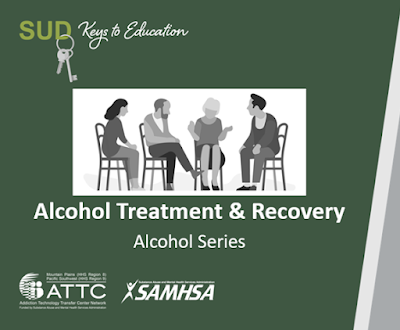By: Mat Roosa, LCSW-R
NIATx launched in 2003 and has been supporting process improvement change efforts ever since. The NIATx in New Places blog series will share the experiences of NIATx practitioners old and new.
We will learn how NIATx has been rebooted
and repurposed in many new settings, and how it continues to have a major
impact in the places where the model was originally used. We will hear from
some of the original NIATx members who are still finding new ways to use the
NIATx tools 20 years later and from others newer to NIATx who are finding paths
forward to support new projects and improvements. We will share stories about the
impact of NIATx on service systems, provider organizations, and on the paths of
individuals who are blazing trails in health and human service practice, policy,
and research.
My own career path has been influenced by NIATx more than any other factor, and I look forward to reading about the stories and experiences of others who have used NIATx in new places.
As an agency administrator of one of the founding NIATx agencies, I was looking for tools to improve our services. NIATx opened the door for me to a new vision for process improvement.
I remember clearly the first time I conducted a NIATx Walkthrough exercise for a residential program that I supervised. I was seeking to better understand the customer experience of arriving at the facility, and quickly learned that I couldn’t find a way to enter the building! Then, I sat in the clinic waiting room to understand what it felt like to wait for services. I had walked through that waiting room hundreds of times before but never stopped to sit down. It was apparent there were several important things that could be improved to enhance clients’ experiences when visiting the clinic.

Mat Roosa (seated
bottom right) with members of Central New York Services NIATx Change Team,
2003.
These simple and humbling examples of genuine efforts to
see the service system through the eyes of the client or customer shifted my
vision and led me to make a number of changes that had real and meaningful
impact on the people we served.
I maintained my connection to NIATx through my involvement in coaching and mentoring. I coached a number of different projects as I moved from agency administration and clinical practice to governmental planning positions. I now work as a consultant and have a staff position with CHESS at University of Wisconsin–Madison (the home of NIATx). Through the years, I've had the opportunity to partner with and learn from "thought leaders" in this field.
These partnerships helped
deepen my understanding and appreciation of how to effectively apply the NIATx principles
and tools within hundreds of organizations and systems seeking to implement process
improvements. The core NIATx
tools (walk through, flow chart, nominal group technique (link
these) and the NIATx
5 principles remain a guiding compass for my work
supporting organizations to plan, implement new practices, and improve quality.
In just the last year, I've had the opportunity to use NIATx in a wide range of
new places:
- Clinical treatment programs
- Substance use prevention
- Suicide prevention
- Probation
- Courts
- Workforce enhancement
- DEI/ CLAS Standards
- HIV/ AIDS service settings
- Education and training organizations
- Evidence based practice implementation
- Medication for Opioid Use Disorders
Through NIATx, I have learned that best practice models are
necessary but not sufficient for improvement. The process improvement toolbox
of NIATx is the vehicle that carries an array of promising practices into
organizations both big and small. NIATx continues to help these systems move
forward into new places and sustain those improvements over time. I often think
of NIATx as a lever: a simple tool that can, if used with energy and purpose,
enable you to move things that seemed too heavy to lift.
Join us for future posts in this year-long series as we
share the experiences of others who are making a difference using NIATx in new
places. We hope that by sharing these stories and experiences we will inspire
others to explore how NIATx can
take you and your organization to new places.
Mat Roosa is a founding member of NIATx and has been a NIATx coach for a wide range of projects. He works as a consultant and trainer in the areas of quality improvement, organizational development, and planning, evidence-based practice implementation. Mat’s experience also includes direct clinical practice in mental health and substance use services, teaching at the undergraduate and graduate levels, and human services agency administration.





